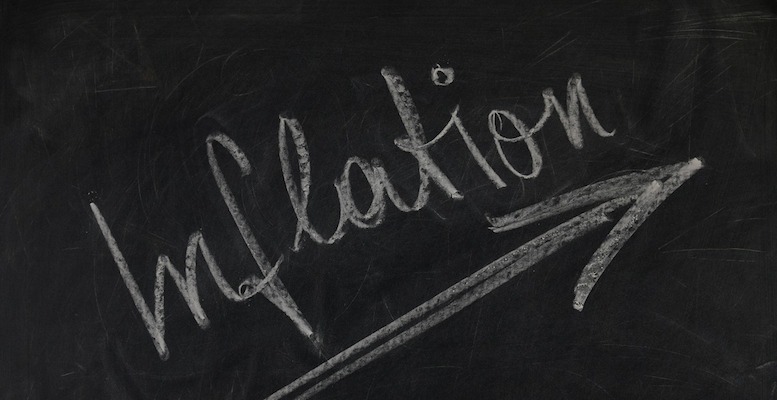FMCG companies’ quarterly accounts presentations are clearly on the upside, implying that the current bout of higher than usual inflation rates (in recent years) will be with us for longer than expected.
For example, Nestlé reported that it is already passing on higher energy, transport and raw material costs to the end customer, resulting in the Swiss company applying an average price increase of 2.1% to its products in Q3’21. A rise that lagged well behind the 4% hike in the company’s costs, against a backdrop where company officials said: “Inflation costs are rising faster than we can move through prices… The situation has not improved. If anything, we are seeing more downside compared to what we targeted in the summer”.
In parallel, in the last few days, Procter & Gamble announced price increases for its grooming and personal care products in order to compensate for a $2.3 billion increase in costs. In this context, Unilever reported very strong cost inflation and said it expects this situation to continue in 2022. In response, the company said: “We have responded and will continue to respond in our categories and markets, taking appropriate pricing actions and implementing a range of productivity measures to offset cost increases”.
All in all, the messages from three of the world’s largest FMCG groups in their results presentations were in line with a scenario in which we must price in the downward drag of inflation across the world.





